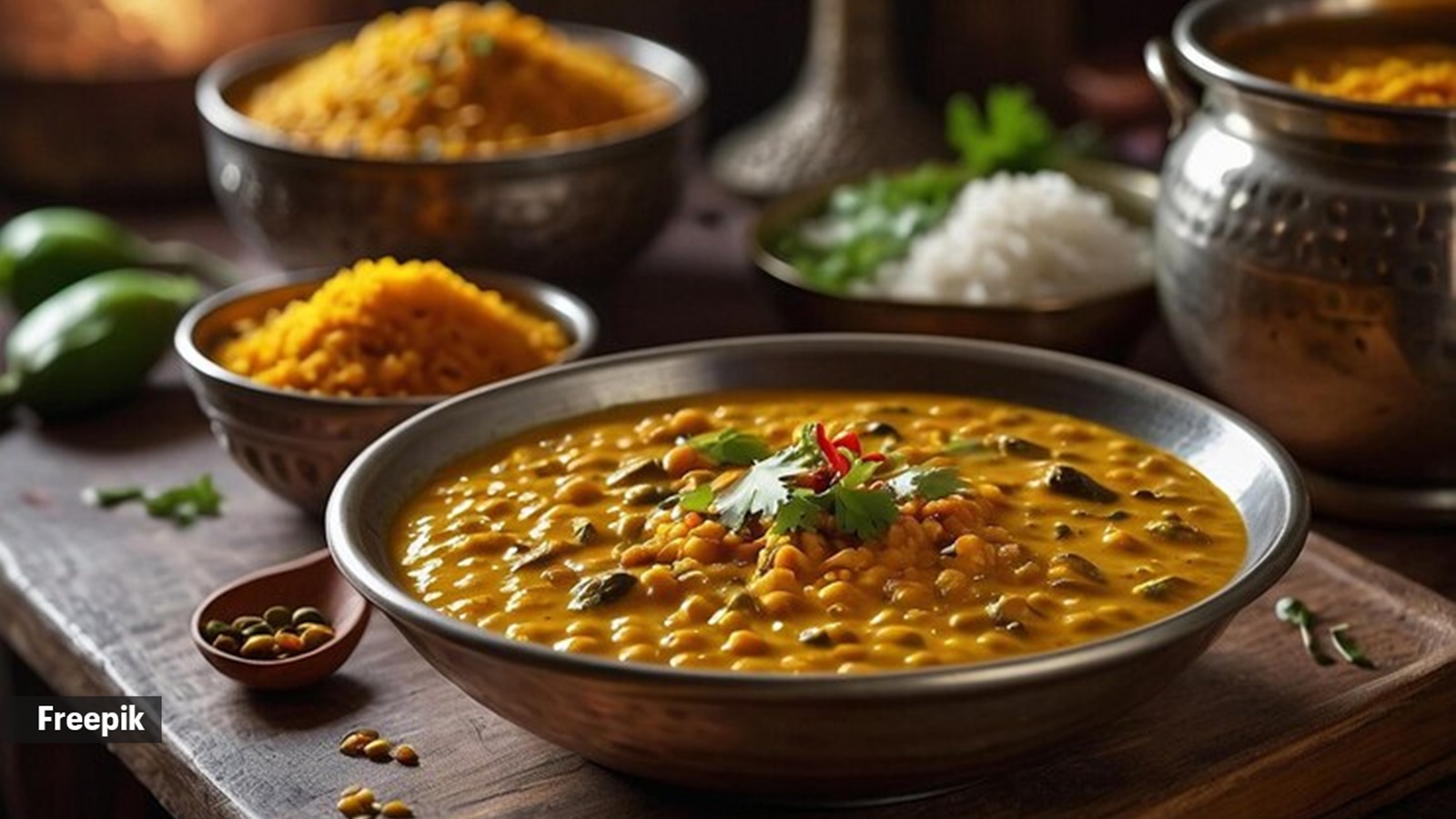Pulses, a staple in many Indian diets, are highly valued for their rich protein content. However, improper handling and cooking can significantly reduce the bioavailability of these essential proteins.
To help individuals maximize the nutritional benefits of pulses, the Indian Council of Medical Research (ICMR) has issued guidelines on preserving their protein content. According to the ICMR, “Boiling or pressure cooking is the best way to enhance the nutritional quality of pulses since these methods destroy anti-nutritional factors (enzyme inhibitors that prevent nutrient digestion). Consequently, these methods increase the digestibility and protein availability of pulses.”
Key Points from the ICMR Guidelines
Optimal Cooking Methods: Boiling with just enough water, without draining, helps retain folate in legumes. This method also improves the palatability of pulses.
Avoid Overcooking: Overcooking pulses can decrease their nutritive value by reducing lysine content. It’s important to use only the necessary amount of water during boiling.
Protein Preservation: Consultant dietician Kanikka Malhotra explains that both boiling and pressure cooking use heat to denature proteins. Pulses contain heat-stable proteins called globulins, which remain largely intact after cooking. Pressure cooking may better retain protein content compared to boiling, but both methods effectively destroy harmful lectins.
Mineral Retention: Phytic acid, which binds to minerals like iron and zinc, reducing their bioavailability, is less affected by boiling. However, pressure cooking may be more effective due to higher temperatures and shorter cooking times.
Tips for Cooking Pulses Properly
- Know Your Pulses: Different pulses require different cooking times. For example, lentils cook faster than chickpeas and black beans.
- Tender But Firm Test: Sample pulses regularly during cooking to ensure they are tender but still slightly firm at the core.
- Start with Less Water: Use just enough water to cover the pulses by an inch or two to avoid overcooking.
- Simmer, Don’t Boil: A gentle simmer prevents pulses from bursting and becoming mushy.
- Turn Off the Heat Early: Let pulses sit in hot water for 10-15 minutes after removing from heat to finish cooking gently.
Additional Practical Tips
- Minimize Vitamin Loss: Pulses contain water-soluble vitamins B and C, as well as minerals like potassium and magnesium, which can be lost during cooking. Using minimal water helps prevent this.
- Reuse Cooking Water: The water used to cook pulses contains leached nutrients. Utilize it in soups, stews, or sauces to maximize nutritional benefits.
- Soaking Pulses: Soaking pulses overnight reduces cooking time and potentially minimizes vitamin C loss. For optimal nutrient retention, soak pulses overnight and then pressure cook with minimal water.
By following these guidelines, you can ensure that pulses are cooked properly, retaining their nutritional value and delicious texture.



